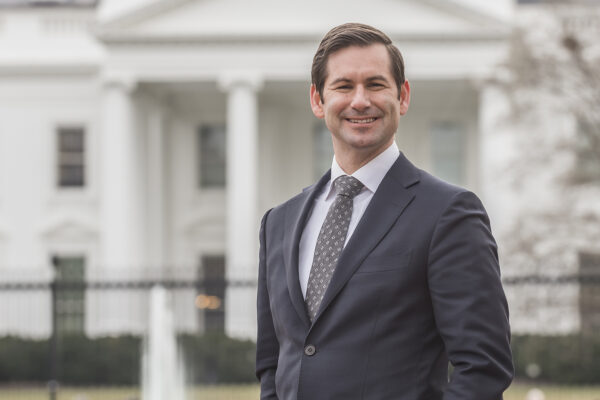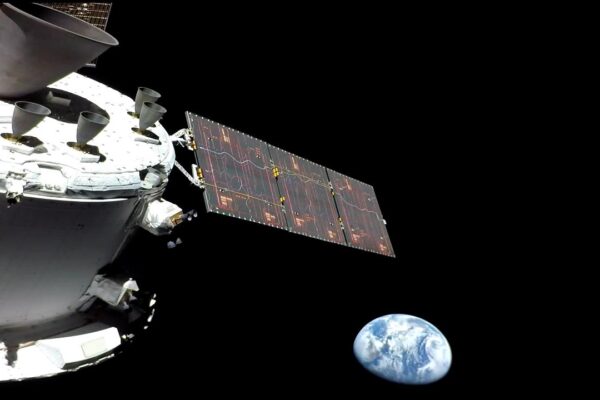María Isabel Dabrowski, AB ’18, combines her fascinations with marine life and behavioral science as a senior outreach associate at Rare’s Center for Behavior & the Environment, the world’s first center focused exclusively on behavioral science and design as it relates to the environment. After graduating from WashU with a major in cognitive neuroscience, Dabrowski earned a master’s degree in environmental psychology from the University of Michigan, interviewing Ecuadorian fishermen about ocean conservation for her capstone project. She also founded a science communication page on Instagram. Below, she talks about her career in conservation at this critical point in human-climate history.
It all started with a trip from WashU to Costa Rica. This one-week experience working at a sea turtle conservancy completely turned my perception of conservation and environmentalism on its head. I realized that talking about conservation requires empathy. Calling someone a poacher, for example, villainizes them, and villainizing someone does not make them want to be part of a solution. Now, I start off by trying to understand motivations and barriers. In Ecuador, the government can hand out policies and regulations, but what are the motivations and barriers for fishermen to follow these rules and change their practices to become more sustainable?
There are so many ways to be creative in how you get to whatever path you’re on. My junior year, as I lay in bed having an internal crisis about my future, I went on social media to distract myself. I saw a video of a turtle with a straw being pulled out of its nose, and it really tugged at my heartstrings. I started taking environmental classes, and I realized that this is what gets me up in the morning. Regardless of your degree, there is a role for whatever you studied to be applied to the environment. People like to say the economy underpins so much, but I would say that the climate underpins everything.
When you’re doing outreach, you realize how many people actually care. It can be so easy to get overwhelmed because every day there is more bad news about the environment. For me, working with kids and engaging in local projects gives me hope. The program Skype a Scientist lets me talk about turtles or birds or neuroscience to youth ages 5–18, and it is an encouraging way to realize that there are generations coming after us that are worth fighting for. When you work locally, you also have a better chance of seeing visible positive action take place.
A day in the life is a day of organized chaos. It is a balance of keeping up with my job at Rare, my science outreach projects and my continued efforts in Ecuador. At Rare, one of the biggest projects that we’re working on right now is Solution Search, a contest looking for behavioral science-influenced projects in Latin America and the Caribbean to reduce illegal or unsustainable wildlife trade. We are also trying to make behavior-centered design tools accessible to the public and practitioners. My work, outreach and studies have allowed me to travel to different countries and make friends all over the world, and
@gogreenfortheocean has gone from a pet project to a community. It’s all been really incredible.



